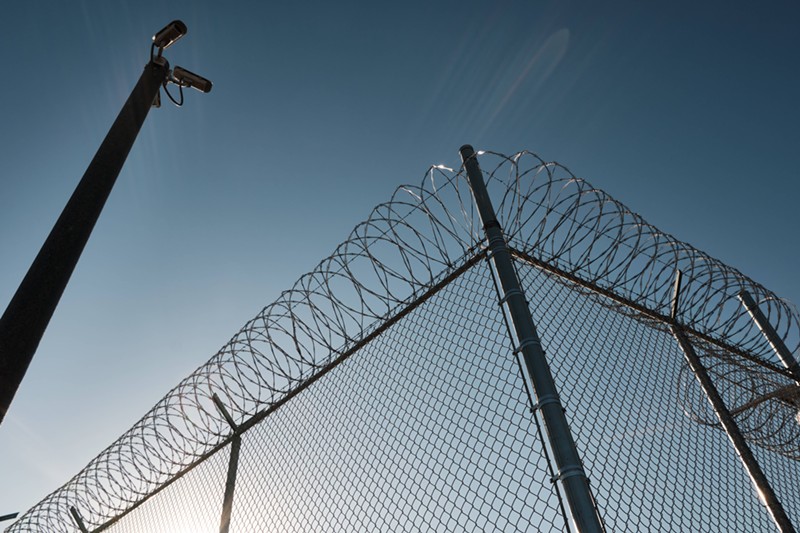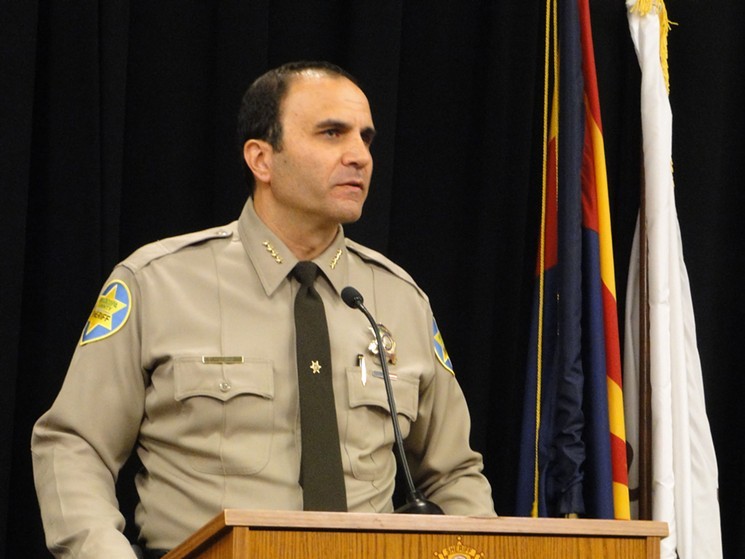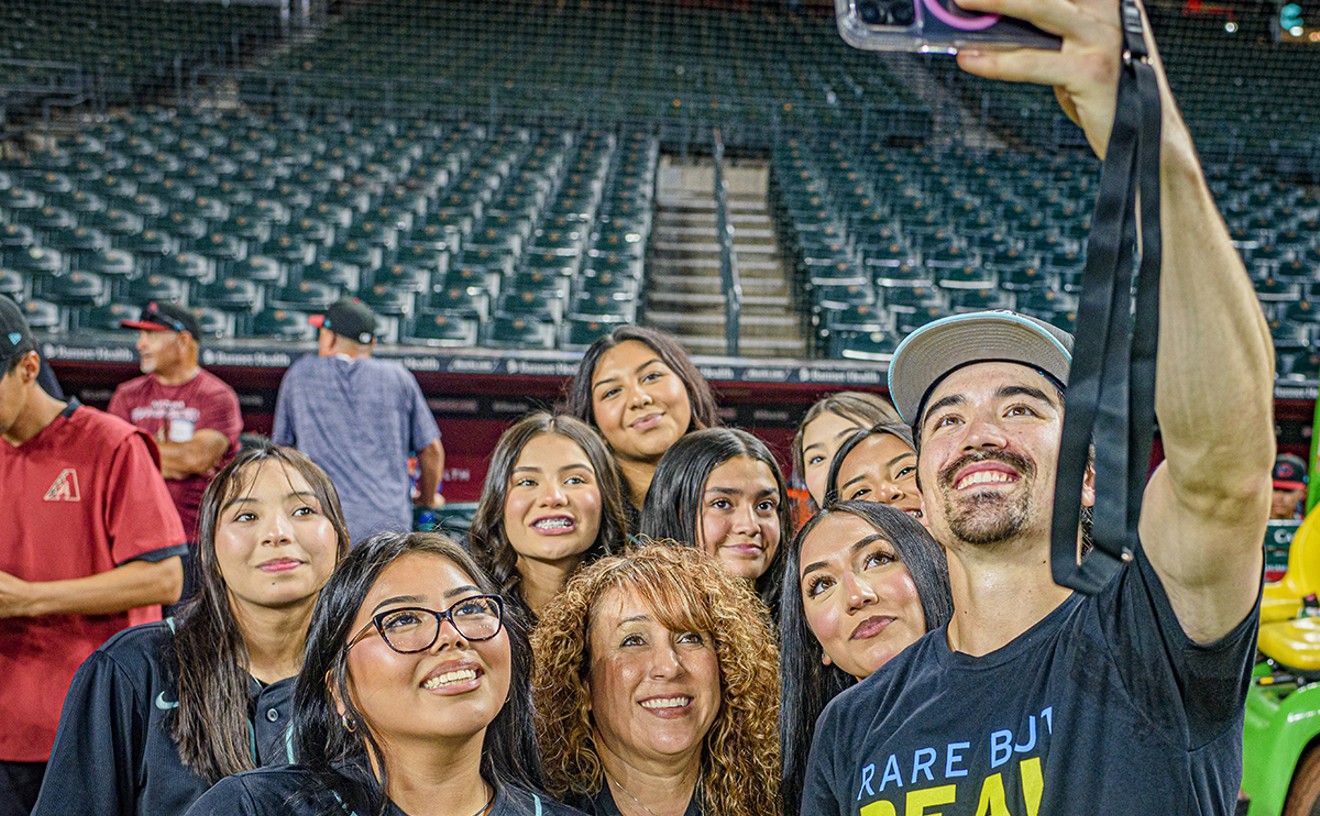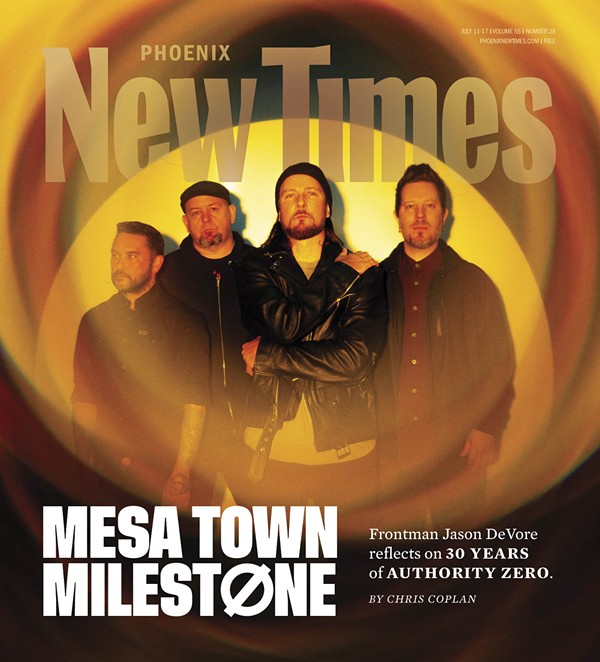Yet over the last year — despite signing bonuses and recruitment campaigns — county jails are even more understaffed and nearing a vacancy rate of 40% for detention officers.
Before the pandemic, there were only a few dozen vacancies in county jails, according to Sheriff Paul Penzone. But by the summer of 2022, the vacancy rate among detention officers reached 28%. By December it was 33%.
In June, just 1,171 detention officer spots were filled out of 1,895 budgeted positions, which is a vacancy rate of about 38%, according to figures provided by Calbert Gillett, a spokesperson for the Maricopa County Sheriff's Office.
A June 2022 report by Phoenix New Times showed that the severe understaffing contributed to serious health care failures across the jails. Additional reporting found that the staffing shortages were prompting lockdowns in the jails and leaving medical posts vacant. The sheriff’s office runs county jails, although health care and some other services are provided by other county departments.
“COVID hit and we weren’t able to run academies or recruit and do some other things, and a lot of folks just decided that environment was not healthy for them and their families, and they chose to resign,” Penzone told KTAR in April.
During the height of the pandemic, though, there were fewer people incarcerated in the jails: around 6,200 in November 2020. As of July 6, that number increased to 7,182, according to MCSO spokesperson Norma Gutierrez-Deorta.
‘A serious threat’
According to detention officers — including Benjamin Fisk, who leads the Maricopa County Law Enforcement Association — understaffing is a serious concern.“As the president of the Maricopa County Law Enforcement Association, I can say with confidence that staffing shortages are having a significant impact on our ability to maintain safety and security in the jails,” Fisk wrote in an email to New Times.
The association was “urgently calling on Sheriff Penzone and the county to take action to address the staffing shortages in our jails. We believe staffing shortages pose a serious threat to the safety and well-being of inmates and staff, and we can't wait for a crisis to occur before taking action.”
Another detention officer, who spoke on the condition of anonymity for fear of retaliation, said understaffing takes a toll on employees. “The physical exhaustion and compassion fatigue, the unwillingness to do anything but the bare minimum to not get fired, the obvious risk to safety because no officer exists to back you up and something happens …” the officer said. “Not to mention, the dayslong lockdowns have to be a violation of civil rights.”
When understaffing reaches a breaking point at a given jail, it is forced into "security override." According to jail protocols, the override allows staff to "deny, restrict or withhold certain privileges, or delay the availability of individual rights from a group of inmates."
In practice, these overrides simply "lock [people incarcerated in the jails] in their cells for the entire shift," a sheriff's office source familiar with the protocol said.
"Visitation and even routine medical care can be curtailed," the source continued.
Sheriff's office policy indicates that overrides should only occur as a result of "unusual circumstances." But according to multiple sources within the agency and jail records, they are increasingly common as a result of the understaffing.
One recent report obtained by New Times provided a snapshot of a day in the understaffed jails — in this case, the Lower Buckeye Jail, which has beds for some 2,400 people. The June 29 report indicated that of 48 "critical" positions, 22 were vacant.
"Levels 1, 2 and 3 were placed on security override due to staffing shortages as they only had two floor officers or less," the report said.
In response to questions about understaffing, agency spokesperson Monica Bretado said the sheriff's office had “a variety of tools we use to continue to garner interest in jobs with MCSO,” including hosting job fairs and other community events.

A recent shift summary obtained by New Times shows the impact of ongoing staff vacancies in the jails.
New Times source
Understaffing persists in jail health services
In comparison to the county jails, where understaffing has grown worse over the last two years, staff vacancies at Correctional Health Services — the county department that is responsible for medical care in the jails — have started to improve. Last year — as auditors were uncovering serious health care failures in the jails — CHS was at a 23% vacancy rate. This year, the addition of 24 new positions has kept the vacancy rate at 22%. Without those new positions, the rate would be about 18%, according to Maricopa County Communications Director Fields Moseley.
But the vacancy rate for nurses — a critical component of the correctional health system — in the jails is higher. Registered nurses at the jails have a vacancy rate at 27.7%, while vocational nurses — or LPNs — see a starkly high vacancy rate: 46.5%, according to figures Moseley provided.
"CHS has had monthly on-site hiring events for nursing positions over the past year that have been helpful with recruiting," Moseley said. "Those events along with efforts to reach new graduates by HR have kept the flow of applications steady."











